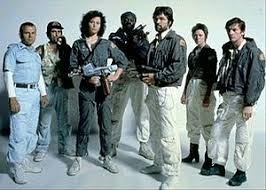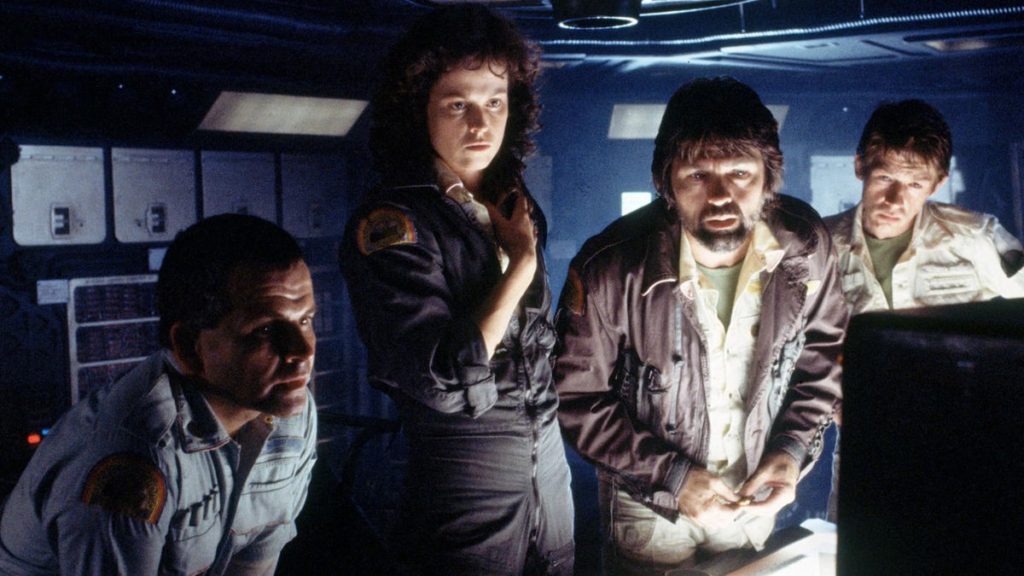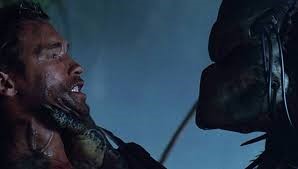Question: How does a large budget impact the way an action film is made, and is a large budget necessary to make a film more enjoyable.
Script:
Budget obviously plays a large role in the film industry, but I want to compare whether a higher budget makes a film more objectively enjoyable. Baby Driver (2017, Dir. Edgar Wright) takes a more story heavy approach to a narrative as its lower budget means that it can’t always rely on action set-pieces like much more mainstream and higher budget films like Furious 7 (2015, Dir. James Wan). This ability to use high octane stunts and action scenes is something that many films will use to draw in an audience, especially for the Fast and Furious franchise; with each entry spending more money than the last, it is like each movie is trying to one-up the previous entry. This is where I think a lot of potential is lost for narrative and story development. In Furious 7, every time the plot advances, it just feels like an excuse to move onto the next action scene, where as Baby Driver is much more focused on narrative, character arcs, and plot, with the occasional action scene thrown in to keep the audience excited as well as advancing the plot.
Another incredibly important part of a films budget focuses on advertising, and for a film like Furious 7, advertising was key. Without the massive advertising campaign, the movie wouldn’t have brought in nearly as much money as it did. similarly for Baby Driver, Many people would have bought tickets simply because it was directed by Edgar Wright. Furious 7’s budget also meant that it could hire more mainstream/big-name celebrities, and even though Baby Driver stared slightly more well known actors than some of Wright’s other films, (Which usually star Simon Pegg and Nick Frost, both of which Wright thrust into stardom) it’s stars are still much less famous than almost the entirety of the main cast in Furious 7. Baby Driver is also Wright’s 2nd highest budget film, following the $85 million ‘Scott Pilgrim Vs The World’ (however Baby Driver Was more of a success in the box office), In fact, all of the films that Wright has directed thus far cost less than the entire production of Furious 7, with all of his credited films only costing around $155 million in total, as opposed to Furious 7’s $190 million. The whole film industry is focused on making money, which is why there are so many franchises in Hollywood.
David Hesmondhalgh says that the media is being commodified in the cultural industries (which means everything is turning into something that can either be bought or sold). Therefore studios will commission several sequels to films that have done well at the box office.The first film in the franchise usually has a fairly small budget, and if the series continues to have a large box office profit, more sequels will be made with a higher budget in the hope to make even more money than the previous film. At the time of this recording, Baby Driver is still a stand-alone film, however there are rumors of a sequel being discussed, with Wright even teasing the movie early in 2019, saying “A first draft of Baby Driver 2 exists”. Wright has said that he initially didn’t think about a sequel, but after the massive commercial success of the film, (Grossing more than all of Wright’s previous films combined at the box office) decided to go along with the idea. This is an example of the commercial and profit-driven studios of Hollywood. Wrights films take years of careful writing and planning, even before he gets to the filming stage, as all of his films were more or less entirely controlled by him. James Wan on the other hand, has directorial credits in over 29 films; Compare this to Wright’s 8 films, and you can begin to see how Wan makes movies that studios ask him to direct, where as Wright takes a much more independent approach to film making, only making the films he wants to make, and changing some minor details for the studio.
Before Wan was working on action films with gigantic budgets, he was very influential to the horror genre, most notably, he directed the first 6 “Saw” films, as well as “The Conjuring” and “Insidious” Which all have relatively small budget. In total contrast to this, he is currently working on films like “Aquaman 2” Rumored to have a budget of over $200 million. This is completely different to Wrights way of film making, as he carefully crafts Writes, directs and produces his films at the expense of not making as much of a potential profit, whereas Wan is constantly churning out a steady stream of either high budget action blockbusters or very low budget horror films in order to make the studio as much money as possible, which follows along with Hesmondhalgh’s media theory about commodification. Through the use of commodification, Wan has been commissioned to make several low budget films for different studios in order for maximum profit, working with studios famous for this, such as Blumhouse Productions. Wan’s films are typically more successful than Wright’s movies, Giving Wan a net worth of around $50 million. Compare this to Wrights estimated $10 million and it is clear that Wan’s films are aimed at a very wide audience to sell more tickets, where as Wright has a fairly niche fan-base, due to his films being on a more intellectual level that you have to pay attention to to get the most out of them. For this reason Wright’s films are usually given higher praise, as they are targeted more towards film fans, rather than a casual audience. Both directors were born within 4 years of each other and both started their line of work as a director at around the same time in the late 90’s, but considering Wan’s number of films, he was the obvious choice for studios.
The large budget of Furious 7 definitely helped the film become more accessible to a large audience all over the world, however, it was also due to the films BBFC and MPAA classification of the film as a 12A and PG-13 respectively, meaning the film is much more accessible for younger children and families. This means there are a lot more potential profit simply due to the number of people that can access the movie. Compare this to Baby Driver, which is Rated R in America a 15 in the UK and you can see that Wrights film was at a clear disadvantage for potential profit from the outset. films are often filmed as 15’s, and then changed in post production and editing in order to get the film rated as a 12 or 12A so that it is much more accessible to people as well as so it will make a larger profit. Because of this potential loss of profit, most of the very expensive, stereotypical, Hollywood blockbuster films will be rated as a PG-13 or 12A, in order to make back as much of their budget as possible, and turn a profit. This also means that films with a higher rating are typically less successful in the box office, which is why so many of Wan’s horror films have such a small budget of only a few million dollars. This means that Budget is much tighter in a film like Baby Driver, as it doesn’t have an established franchise that will draw people in, or a seemingly infinite amount of money being given to them by the studio, because the studio cannot be sure that it would make the money back in the box office.
In conclusion, Budget can have a huge impact on the way a film is made; from the action scenes, all the way down to the final product that gets made due to the rating it might receive. However, I do not think that it makes a film objectively ‘better’. From the box office sales alone, Furious 7 looks like a much better film because more people went to see it in the cinema, however using data from Metacritic, The 50 or so reviewers found Baby Driver much more enjoyable, giving at an average rating of 86%. Compare this to Furious 7’s 67% and it is clear that audiences actually found Baby Driver to be a more enjoyable film, despite having a fraction of the box office sales.






